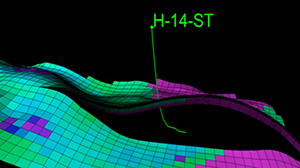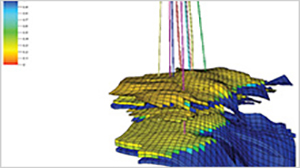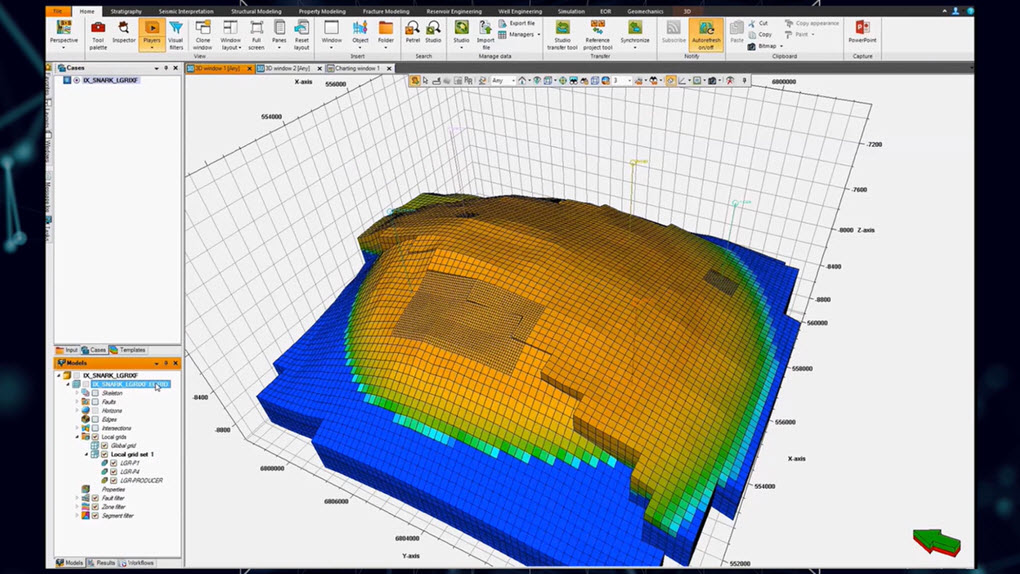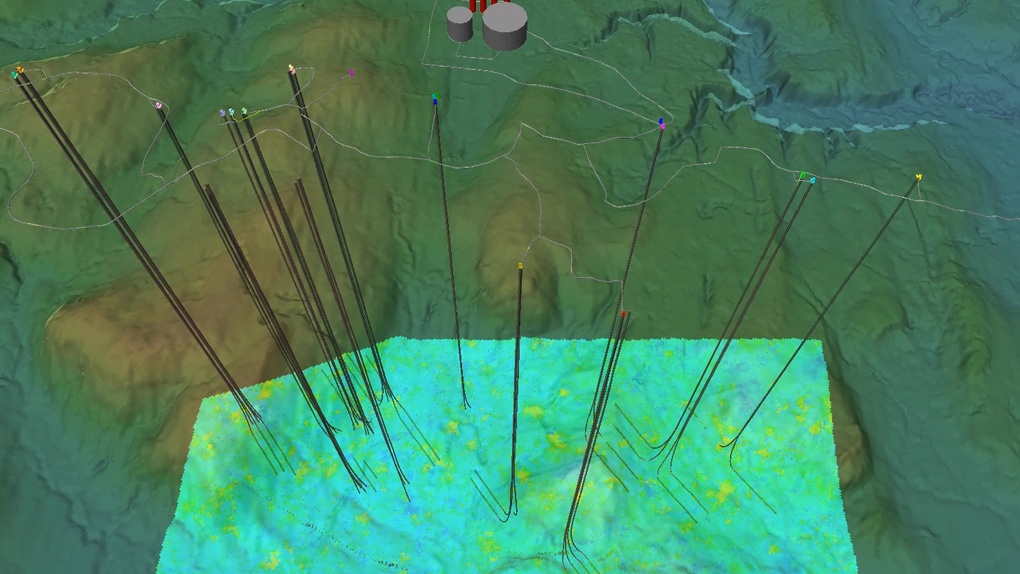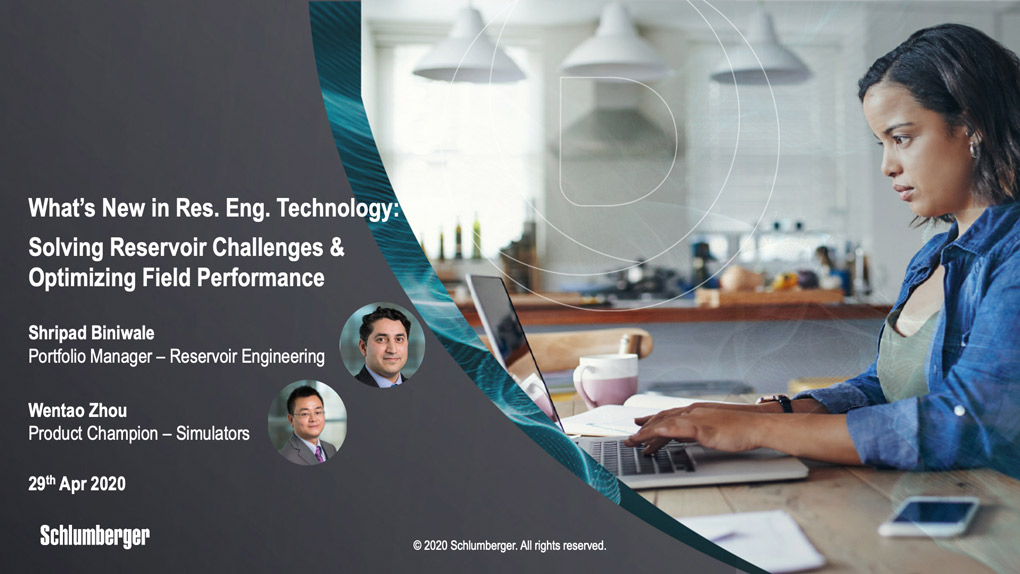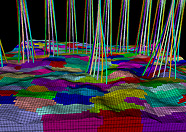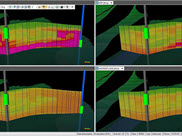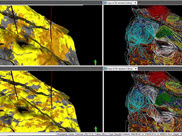Finding the best development scenario
Geologists, reservoir engineers, and production engineers can work together using Petrel reservoir engineering to develop realistic and achievable field planning scenarios, using a comprehensive integration of geological models, reservoir dynamics and production analysis.
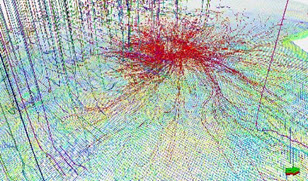
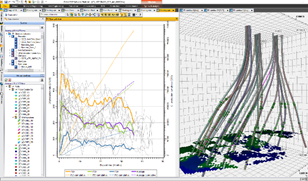

Petrel reservoir engineering offers a wide range of analytical solutions to investigate multiple geological realizations, type well curve and decline curve analysis.
Always be ahead of the game
Petrel reservoir engineering 2020 features workover candidate recognition, a comprehensive and fully integrated tool that allows engineers to determine underperforming wells that can be perfect candidates for re-perforation, completion optimization, or any other workover activity.
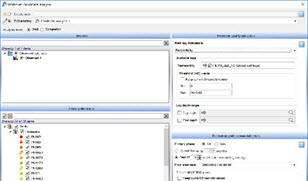
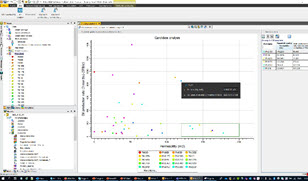
Compute thousands of wells in one-go and understand which well are true candidates to be optimized.
Completions always optimized and updated
Advanced completion optimization (ACO) allows reservoir and completion engineers to custom-design flow control valves (FCV) using an innovative optimization routine which is performed as the simulation is running in the Intersect simulator. Instead of running multiple cases to find an optimum, ACO optimizes and updates FCV configurations as the simulation runs—it finds the best case in only one run.
Case study - SPE 196662: Advanced FCV optimization in carbonate reservoirs.
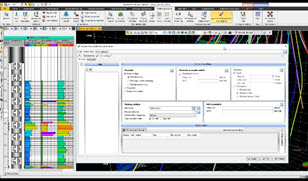
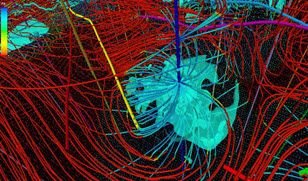
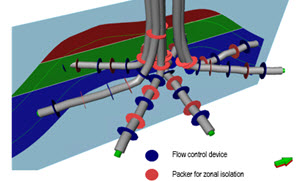
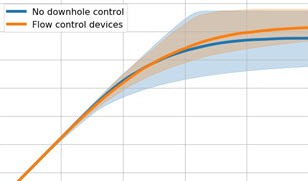
Complex flow control valve configuration understanding geological risk by running 100 realizations.
Integration of production logging tool in depogrid simulation models
Depogrid improves the capture of geological details and also creates a better representation of fluid moving in the reservoir, impacting the field development plan, along with decisions made in the field.
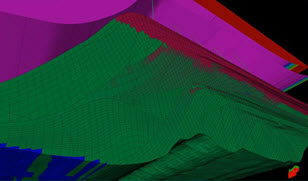
With Petrel reservoir engineering 2020, reservoir engineers can generate a simulated production logging tool (PLT), which can be compared against a real PLT taken in a well. This helps them understand the consistency between geological details and production response.
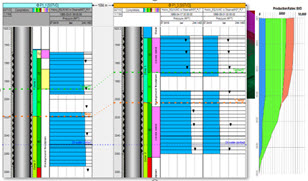 Visualize and compare simulation PLTs with observed ones to improve reservoir characterization and produce reliable forecasts.
Visualize and compare simulation PLTs with observed ones to improve reservoir characterization and produce reliable forecasts.
Faced with understanding fluid flow and the corresponding fluid recovery from a porous media, the reservoir engineer is involved in the entire life cycle of the reservoir—from reservoir exploration to production and from engineered wells all the way to reservoir storage and abandonment.
